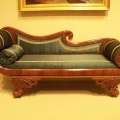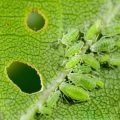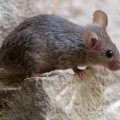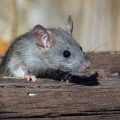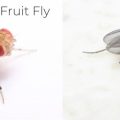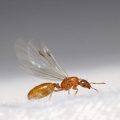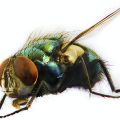If you’re looking to create a stylish and modern look in your home, espresso is the perfect color choice. Espresso is a dark brown shade that can be mistaken for black, and it provides a sophisticated and timeless feel to any room or decor.
Espresso is often used in furniture pieces such as sofas, chairs, cabinets, and tables. It’s also popularly used in kitchen appliances like coffee makers, blenders, and microwaves. The versatile color can be used with many different styles of decorating including classic, modern, industrial, country chic, and more.
When pairing colors with espresso it’s important to choose colors that provide contrast. Pairing espresso with lighter shades will create an elegant look while pairing it with brighter colors will add a pop of vibrancy to the space. Colors that pair nicely with espresso include green-grey, blue-grey, light olive, and mint green. You can also mix in contrasting metals such as silver or brass for added texture and dimension.
In addition to its versatility when paired with other colors, espresso stands out on its own due to its richness of hue and the different shades of brown it contains when viewed under different types of lighting – from sunlight which shows off its reddish hues to artificial light which showcases its chocolate tones more prominently.
Espresso is not only limited to furniture pieces but can also be found in fixtures such as door handles or cabinet knobs which adds depth and character to any room it appears in. For optimum contrast between the dark finish of the espresso fixtures and the surrounding area choose shiny metal hardware such as chrome or nickel for an eye-catching look that will make your guests take notice!
All in all if you’re looking for a classic yet timeless color that stands out among other neutrals then espresso shoud be your go-to shade! Its rich hues are sure to make any room you place it in feel luxurious without being overwhelming!
Are Espresso and Brown the Same Color?
No, espresso and brown are not the same color. Espresso is a dark brown that falls between black and brown on the color wheel. It is a shade of brown that appears almost black in certain lighting, but has subtle hints of red and orange when viewed up close. Brown, on the other hand, can range from light to dark hues depending on how much black or white has been added to it.
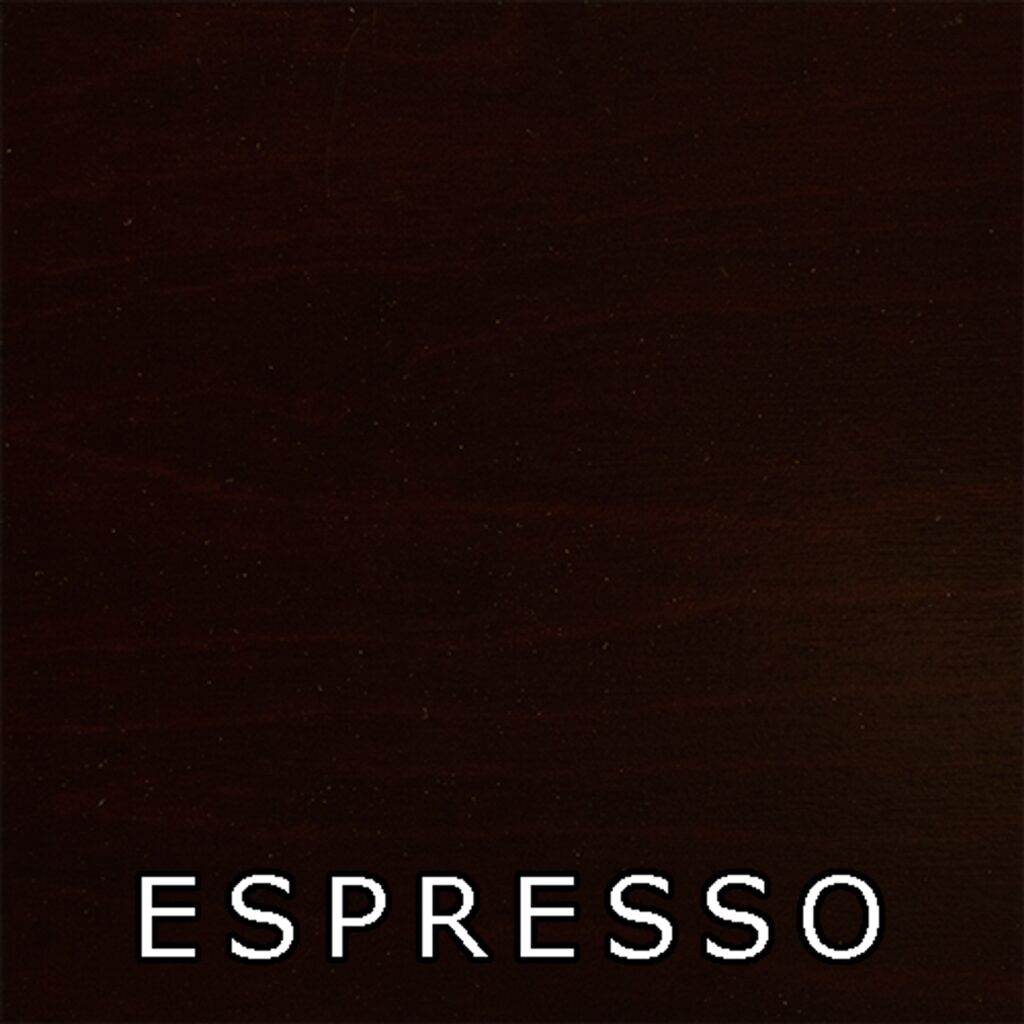
How to Decorate with Espresso: Color Combinations
Espresso is a bold, rich color that can easily become the main focus of a room. To create a pleasing look, choose colors that contrast well with espresso while still complementing its richness. Neutral colors such as light grey, beige, and taupe are popular choices. For a more vibrant look, choose colors like teal, mint green, or navy blue. Darker shades of brown can also bring out the depth of espresso without adding too much contrast. Whatever color you choose, make sure to balance it with accents in lighter shades to keep the room looking unified and inviting.
What Colors Combine to Create Espresso?
Espresso is typically a dark brown or black color, with hints of red and chocolate tones. Under bright light, these red and chocolate tones become more visible. The overall appearance of espresso is similar to dark coffee with a light creamer.
Are Mocha and Espresso the Same Color?
No, mocha and espresso are not the same color. Espresso fixtures impart a deep brown coloration, while mocha finishes offer a lighter tone when compared to espresso. The two colors can be viewed side-by-side to better assess their differences. For a striking contrast, espresso is usually paired with shiny metal hardware.
What Shade Is Similar to Espresso?
Close to espresso is a color known as dark roast. Dark roast is a deep, dark brown color that has hints of red, orange and yellow. It’s slightly lighter than espresso, but still has the same richness and depth. It’s also often mistaken for true black because of its intense darkness.
The Difference Between Black and Espresso Coffee
The biggest difference between black coffee and espresso is in their preparation methods. Black coffee is brewed with a drip coffee maker, where hot water passes through ground coffee beans to create a pot of coffee. Espresso, on the other hand, is made by forcing pressurized hot water through finely ground espresso beans to create a concentrated shot of coffee. The amount of time that it takes to prepare each drink also varies; black coffee typically takes around five minutes to brew, while espresso can be ready in just seconds.
In terms of flavor, black coffee tends to be more robust and full-bodied than espresso. It has a more intense and slightly acidic taste due to the longer brewing time. Espresso has a strong flavor that is often described as having notes of chocolate or caramel. This is because of its extraction process as well as the finer grind used for espresso beans which releases more subtle flavors.
In terms of caffeine content, espresso contins more caffeine than regular black coffee; one shot of espresso contains around 63mg of caffeine while an 8oz cup of black coffee contains 95mg on average. As such, many people opt for espresso if they want an extra energy boost or want to consume less liquid at once.
The Temperature of Espresso as a Color
Espresso is a cool-toned color. It is a deep and rich brunette shade with a strong shine that never looks flat. The cool tones of espresso make it universally flattering for any skin tone or eye color, making it an excellent choice for those looking to change up their look without the risk of clashing with their complexion.
Exploring the Compatibility of Espresso and Gray
Yes, espresso and gray can be a great combination for your walls. The neutral color of espresso will look great against the cool gray, creating a calming atmosphere in your space. However, certain shades of espresso may create a better visual effect. For example, espresso furniture with blue or lavender undertones will stand out more against the gray walls than an espresso with beige undertones. When selecting the right shade of espresso for your walls, consider both the tone of the furniture and the hue of your wall paint to create a cohesive look throughout your space.
The Color of Espresso Cabinets
Espresso cabinets are a deep, dark brown color. They provide a warm, sophisticated look to any kitchen and pair well with a variety of other colors. From classic whites and creams to cool blues and greens, or even bold contemporary reds, silvers and blacks, espresso cabinets can create a beautiful and elegant atmosphere that is sure to be a conversation starter.
What Color Is Espresso Hair Color?
Espresso hair color is a dark brown shade that has subtle black undertones. It is not a true black, but rather a very dark brown with hints of black. The richness and depth of this shade makes it appear almost black in certain lights.
Comparing Walnut and Espresso Colors
No, walnut color and espresso color are not the same. Walnut is a deep, dark rustic brown color with very subtle red undertones. Espresso is a slightly darker stain, with warm brown hues and a slight reddish hue. The two colors have different shades and tones, so they cannot be considered the same.
Mixing Colors to Create Espresso Brown
To mix the color espresso brown, you can start by combining equal parts red and blue, which will create a dark purple. Then add some yellow to lighten the color, but not too much. After that, add a small amount of black to darken it further and create a rich espresso brown. You can also add a bit of purple if desired to deepen the shade even more.
The Color Family of Espresso
Espresso is a part of the red-orange color family, which is situated between the red and orange color families on the color wheel. It has both red and orange undertones, and can sometimes appear as a slightly muted reddish-brown or a slightly muted orangey-brown. When looking for colors that compliment espresso, you should consider shades from the sectors directly opposite from it on the wheel, such as blues, greens, purples and yellows.
Are Espresso and Cappuccino the Same Color?
No, espresso and cappuccino are not the same color. Espresso has a distinct dark or light brown color, while cappuccino is usually a creamy beige or light brown. Espresso is served in smaller glasses, and the drink itself can be very short. Cappuccino is usually served in larger glasses and features layers of steamed milk and froth, which give the drink its signature creamy texture.
What Colors Complement Espresso Furniture?
Espresso furniture works with a variety of colors to create visually appealing spaces. Neutral colors, such as whites and grays, can be used to provide a modern look. Rich, warm colors like creams and tans pair well with espresso furniture to create an inviting atmosphere. To create a calm and soothing look, consider blues and purples in lighter hues. Shades of green, green-gray and green-blue are natural partners for espresso furniture since they are complements – or color wheel opposites – of espresso’s red undertone. The rich red-brown also works in red-toned, analogous color schemes, whih feature color wheel neighbors like oranges and yellows. Finally, black is a classic pairing to bring out the deep tones of espresso furniture.
Conclusion
In conclusion, espresso is a dark brown color that stands between black and brown. It often appears to be a true black color in different lightings, but it has chocolate tones and looks like dark coffee with light creamer. When paired with shiny metal hardware, the espresso finish creates a striking contrast for a deep brown coloration. It is important to note that mocha finishes offer a similar dark tone, though the finish will be lighter compared to espresso.


